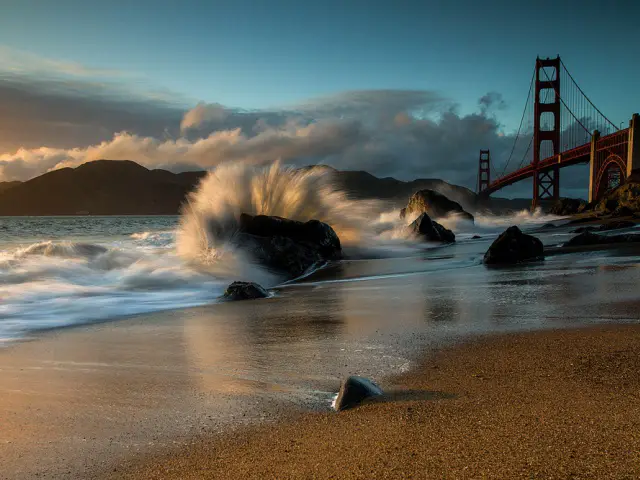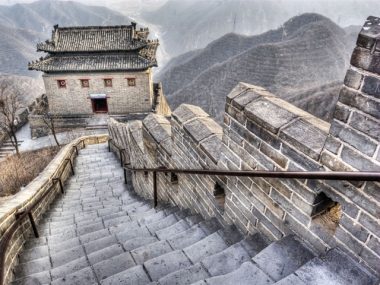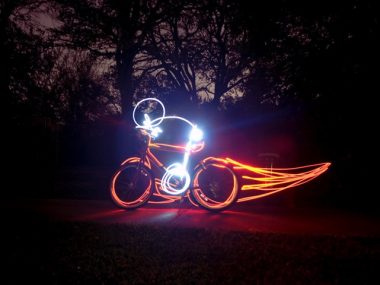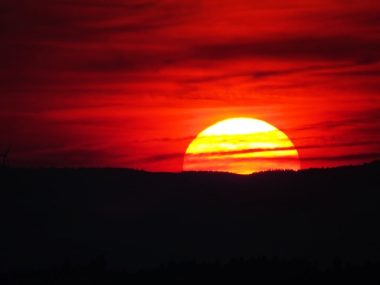When you look back at your old photos, definitely, it creates a sense of anxiety and your heart is full of joys of the spring. The natural pictures capturing all your emotions make you remind of your old days. Photography is an art. From capturing emotions of people, shooting seascapes to clicking the vast stretches of soft clouds, a shutterbug with his creative eyes can shoot every element. The excursion of photography is unique and is not always a bed of roses.
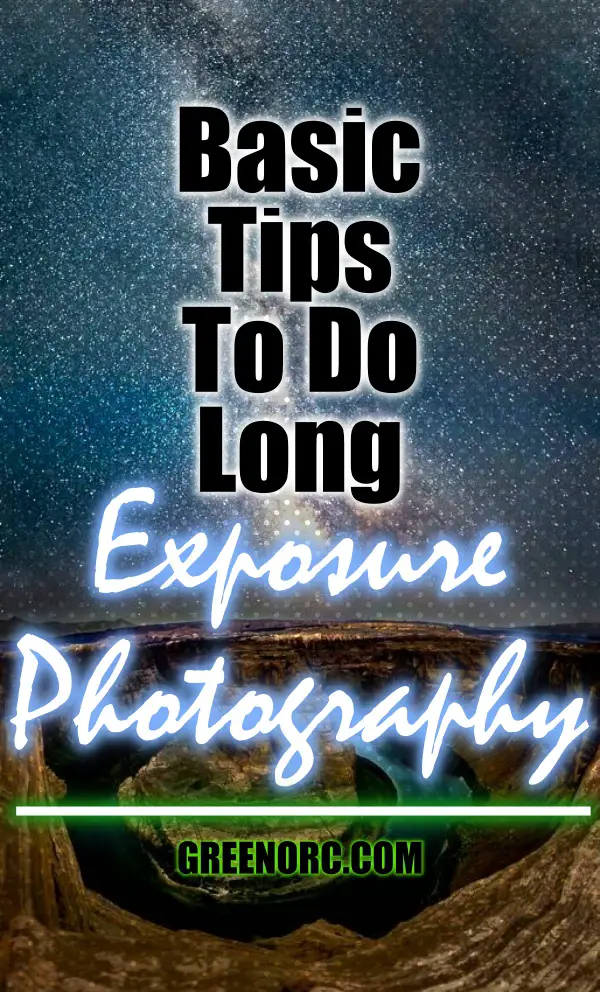
“The real voyage of discovery consists not in seeking new landscapes, but in having new eyes.” The long exposure technique in photography is exactly the same in this regard. In technical terms, it is just a matter of shutter speed. Most importantly, it’s a useful technique that lets you capture stunning and ethereal quality pictures. Also you should know more about dept of field. It allows you to click pictures in circumstances that could be out of bounds. For instance, the drifting of clouds, the sky at night, the earth’s rotation or the flow of tide. None of them are hard to achieve, however, with little knowledge and preparation, you can master the art of long exposure photography. If you are an amateur photographer, the following basic tips to do long exposure photography will make you an aficionado:
Basic Tips To Do Long Exposure Photography
Use A Tripod:
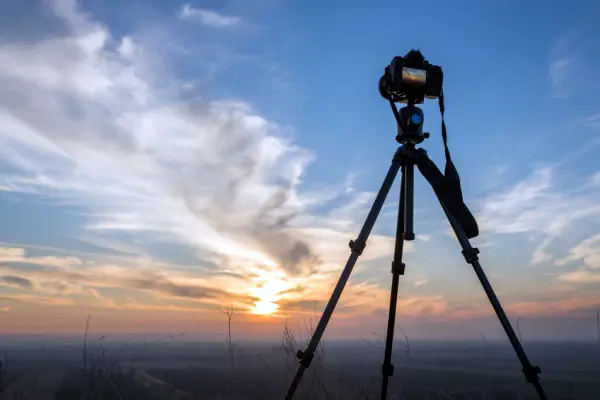
A tripod can do a great difference to your final photograph. A little shake of hand can do blunders, particularly if there is high wind blowing outside. Ensure that the tripod is positioned securely on the ground. Tripod is known to be a baseline necessity for most of the landscape shutterbugs. Make sure that the legs of the tripod stand firm on the ground, the strap secured, and the center column not extended. This is a basic tip to do long exposure photographythat will give you the desired effect.
Compose The Image And Lock The Focus:
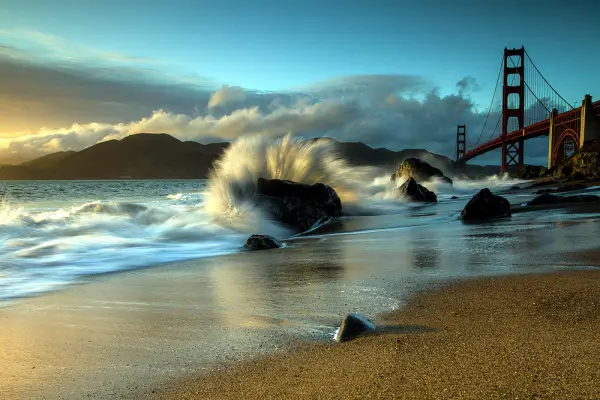
To do a perfect long exposure photography, refine the composition, focus the subject and then lock the focus. If your camera is in the autofocus mode, focus by half-pressing the shutter button. Once the focus is made, while still pressing the shutter button halfway, push the level from the autofocus mode to manual. With this technique, your device can maintain focus. As long as you keep the tips for shooting family photographs in mind, there won’t be difficulty in suggesting others and also experimenting by yourselves. So go click-click!
Close Or Cover The Viewfinder Shutter:
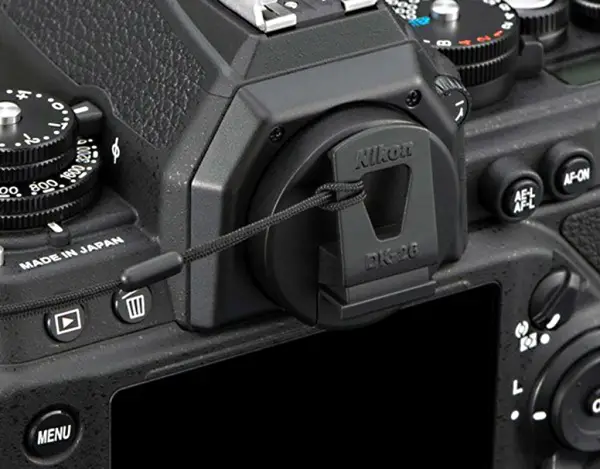
For appropriate light metering or to eliminate stray light from sneaking in at the time of exposure, ensure that you close or cover the viewfinder. Viewfinder can affect the auto-metering. So, do not take any chance.
Add The Filter:
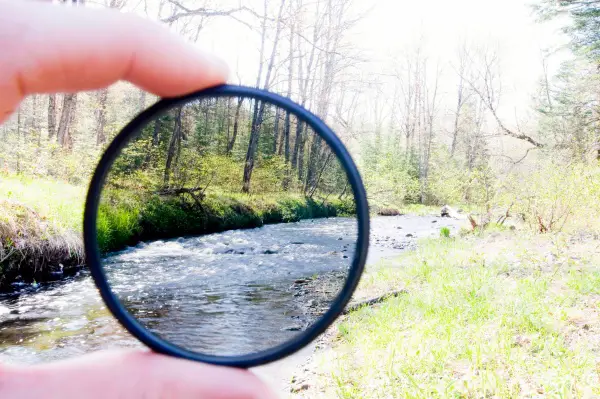
For long exposures, it is significant to add Neutral Density filter.In case, if the filter is strong, say 10 stops, you will not be able to see through the viewfinder. However, do not worry because if you have set the focus and made the composition right, things will come up appropriate.
Set The Correct Exposure:
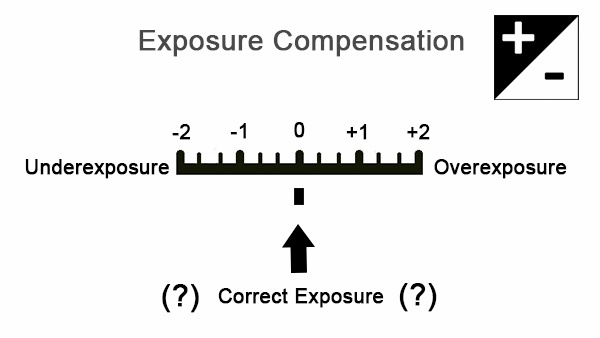
Correct exposure is important as it is the key to capture both the highlights and shadows. If you can master the art of obtaining right shadows, you will be successful in producing an appealing night scene that will bring you tons of compliments. The key to long exposures is to keep the shutter open long enough to get the desired outcome. If the shutter is kept open for long, you might lose every detail that might illuminate the object. Ideally, the shutter should be kept open for least 1 second. This is where a tripod is a requirement. Here you would find numerous places to sell your photos online which may prove to be one of the superb ways to earn high income while you’re working on other things

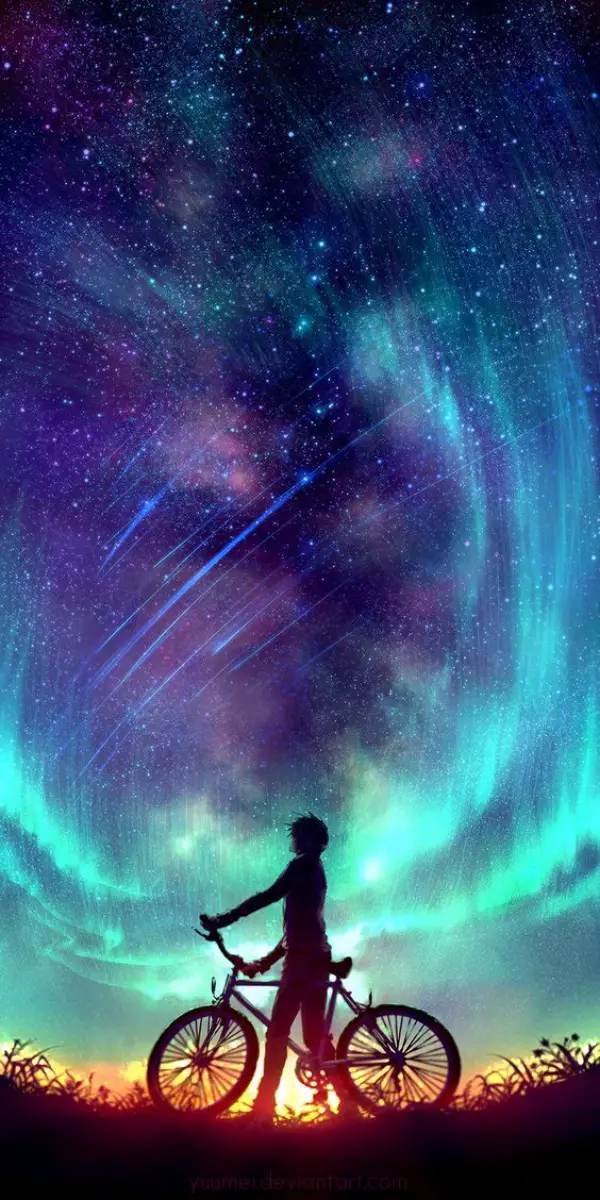




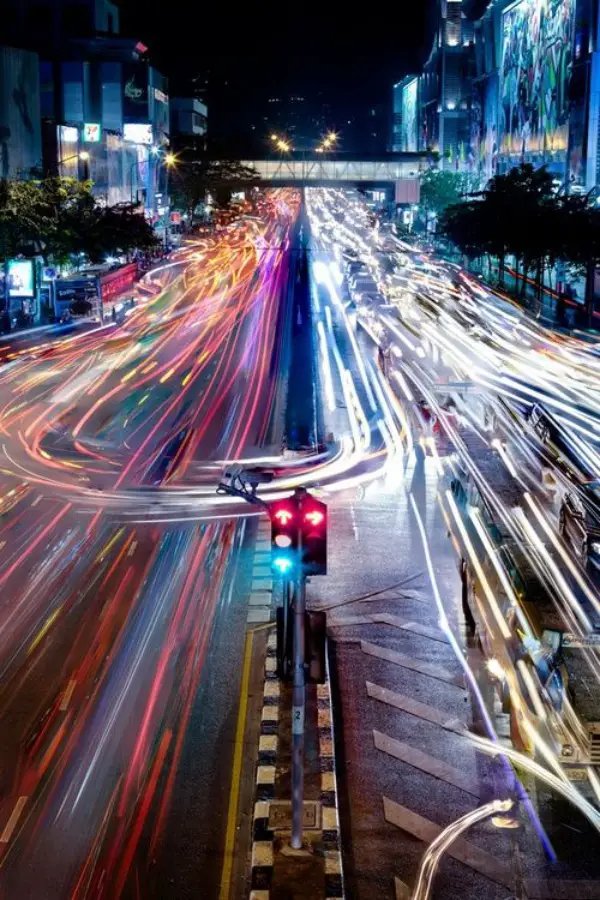
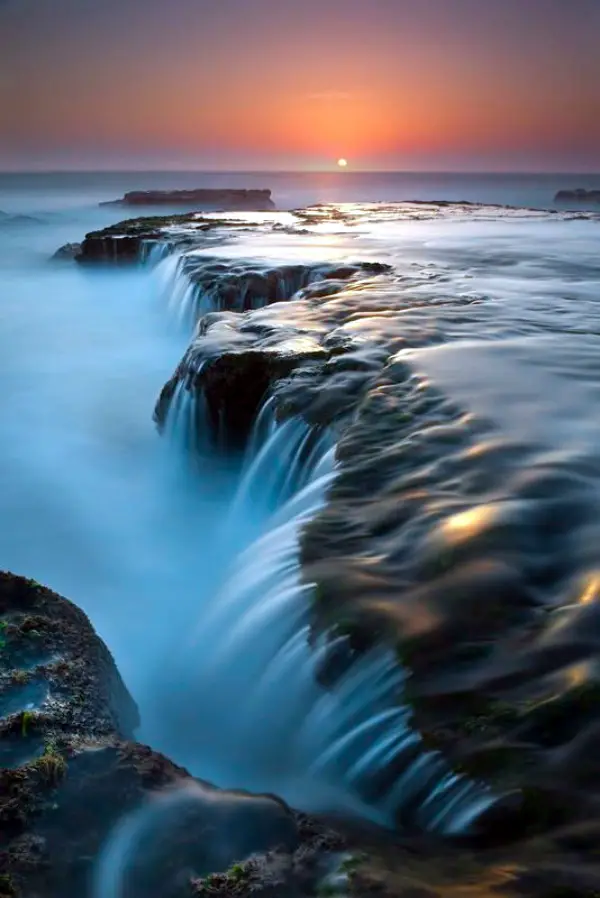
The basic tips to do long exposure photography will certainly make an amateur shutterbug a master. So, what are you waiting for? Pack your back with your camera and other accessories such as filters and take long exposure shots creatively.
